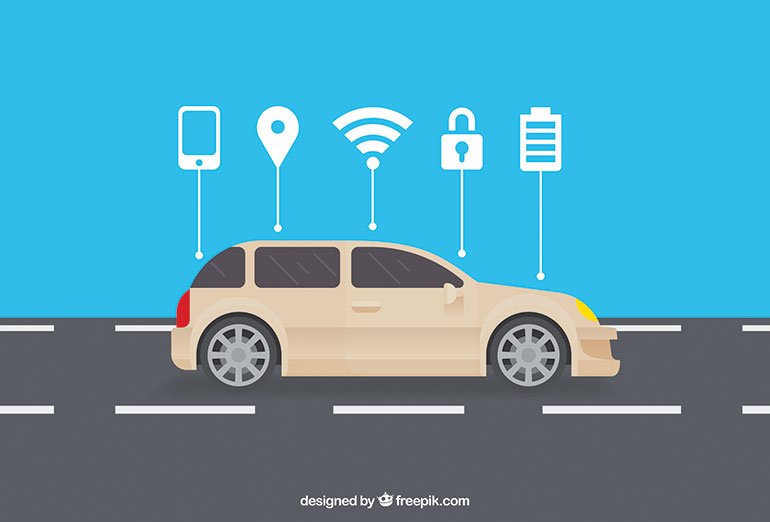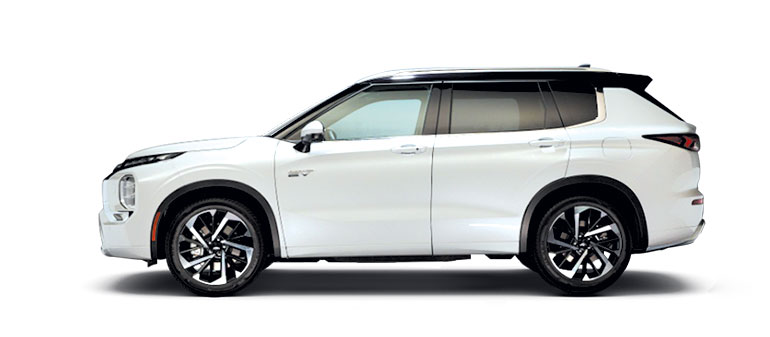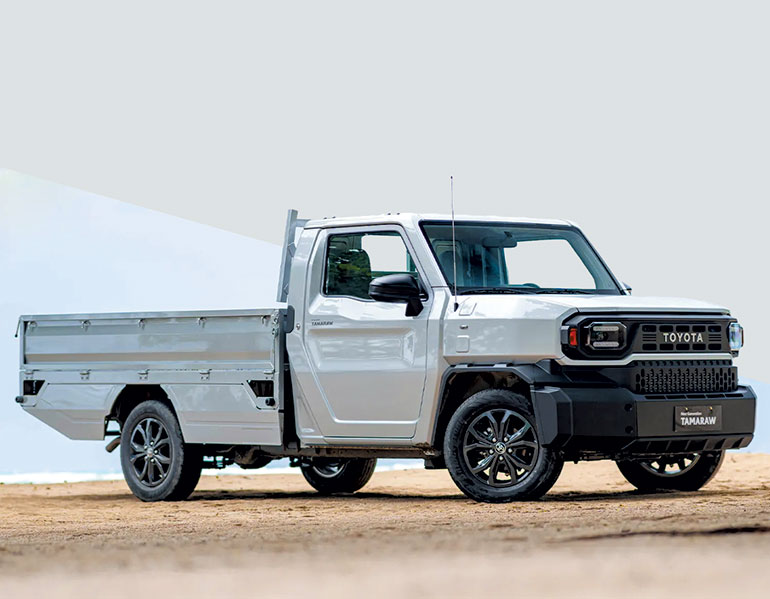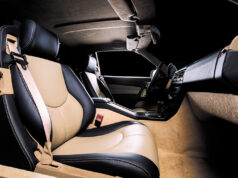
What to expect from the Philippine auto industry in 2025
The ever-changing automotive landscape evolves yearly and is set to experience more transformation in 2025. As the earth takes another lap around the sun, new trends, innovations, and opportunities are introduced to the industry as often as racecars make pitstops on their tracks.
Last year, global vehicle sales reached 88.2 million units, a 1.7% increase from 2023, supported by ongoing inventory restocking throughout the year as supply chains become more stable, according to rating agency S&P Global. For 2025, the agency forecasts 89.6 million vehicles sold or a 1.7% year-over-year rise.
In the Philippines, the Chamber of Automotive Manufacturers of the Philippines, Inc. (CAMPI) and the Truck Manufacturers Association (TMA) reported that the number of cars sold hit a record-high 467,252 units in 2024, albeit a little lower than the 468,300 sales target of the industry. However, CAMPI and TMA predict vehicle sales will rise by 10% in 2025 amidst several trends that have attracted car buyers.
Among these developments is the push of governments for electric vehicles to go mainstream. Fiscal incentives in the country such as tax exemptions and reductions as well as investment priorities have at least gotten Filipinos to consider environmentally friendlier automotive options. Add to that non-fiscal incentives such as priority registration and licensing, exemptions from number coding schemes, and dedicated parking slots make owning an electric vehicle more convenient, cost-effective, and appealing.
The rise of new technology is also expected to shape the industry in terms of safety and autonomy. While fully self-driving cars are still considered a pipedream in 2025, advancements in the area are improving rapidly and can be seen in advanced driver assistance systems (ADAS). Innovations in this area can lead to enhanced convenience and safety by minimizing human errors in a range of scenarios and conditions. These developments include speed limit information, lane-keeping assistance, and adaptive and predictive cruise control.
Beyond sustainability and efficiency, another area experiencing rapid evolution is car interiors. Car cabins are getting smarter and more comfortable, with AI-powered infotainment, customizable lighting, eco-friendly materials, and ergonomic seating making every ride more enjoyable. Features such as heating, ventilation, and massage functions may even be installed in seats this year.
As the world has become more modern, everything has been connected to the internet, including cars. This trend has seen automobiles transform into digital hubs, offering on-demand entertainment, real-time navigation updates, and cloud-based software enhancements. Internet in cars has also paved the way for subscription-based features, where owners can unlock premium functions like advanced driver assistance, heated seats, or enhanced infotainment services for a monthly fee.
With these innovations headlining what is shaping up to be a robust year for the industry, automakers are rolling out new models that embody these trends. These new releases usher in a new era of transportation, one that meets the needs of modern drivers.

Chery Auto Philippines, Inc. is reportedly launching the eQ7, an all-electric compact crossover, this year. Equipped with a 211-horsepower motor and a 67.12 kWh LFP battery, the new model offers a range of up to 512 kilometers on a full charge, making it a practical choice for both city driving and longer trips, while contributing to a more sustainable driving experience.
Interior features of the eQ7 are as modern as it gets with a 12.3-inch screen with Bluetooth, electric seats with memory, a wireless charger, and a cell phone forgetfulness alert. Other features of the new model may also include a driver monitoring system, multi-zone climate control, an adjustable steering wheel as well as an anti-theft system. Six airbags, collision detection, automatic emergency braking, lane-keeping, and adaptive cruise control are also installed in the vehicle to ensure safety.

Following its European launch last year, Mitsubishi Motors Philippines Corp. is gearing up to bring another hybrid electric SUV into the country, the Mitsubishi Outlander Plug-in Hybrid electric vehicle (PHEV). The model comes with a new 22.7 kWh battery, good for an 86-kilometer drive powered by electric power, and a 53-liter fuel tank.
The Outlander retains some of its predecessor’s features including the overall look and driving modes. The brand worked on the model’s convenience and utility by updating its Super All-Wheel Control (S-AWC) system, fine-tuning the vehicle’s steering and suspension, as well as giving the model a new grille with active shutters. Aside from these features, the Outlander also possesses dual-zone automatic climate control, a 12.3-inch infotainment screen, and a suite of advanced driver-assist features including Blind Spot Warning, Rear Cross Traffic Alert, Lane Change Assist, Forward Collision Mitigation System, Auto High Beam, and Adaptive Cruise Control.

The world’s first Range-Extended Electric Vehicle (REEV), Changan’s Hunter REEV, is also coming to the Philippines this year. The 4X4 pickup truck with a PHEV system uses a series hybrid powertrain that charges its batteries giving the vehicle an astonishing range of 1,031 km when fully charged and has a full tank of gas.
As a pickup truck, the Hunter has a payload capacity of 495 kg with a 2.5-ton towing capability. Safety and security are also prioritized in the model as it is installed with Anti-theft devices, Anti-Lock Braking System, Hill-Start Assist Control, and many more features. Apple Carplay/Android Auto, Multi-function Steering Wheel, Navigation System, and a touchscreen infotainment system are just some of the other amenities also available in the model.

Toyota Motors Philippines’ (TMP) best-selling plate, the Toyota Vios, will also receive upgrades this year, continuing its legacy as the top choice for Filipinos looking for a subcompact sedan. Consistently among the country’s best-sellers, TMP produces the Vios in the brand’s plant in Santa Rosa making the model truly by Filipinos for Filipinos.
The improved Vios stands out with long squinting headlights, teardrop-shaped fog lamp vents, and a wide trapezoidal grille. Its interior will also feature a redesigned steering wheel, a more comfortable cabin, and a more advanced dashboard. While technological features vary per variant, Optitron gauge clusters, iPod connectivity, and steering-wheel-mounted audio controls are available.

Similarly, this year marks the return of the Toyota Tamaraw, one of the most iconic models of the brand which has served generations of Filipinos from across the country. Renowned for its signature versatility and reliability, the relaunched automobile is the practical choice for families, aspiring business owners, and car enthusiasts looking for a vehicle with a wide range of applications.
The new Tamaraw will have two engine options: a 2.0-liter 1TR-FE gasoline engine and a 2.4-liter 2GD-FTV diesel mill. Safety is also prioritized in the Tamaraw lineup with its anti-lock braking system, airbags, and reinforced chassis for enhanced crash protection. To bring the model to modern times, Toyota has even added a touchscreen infotainment system (on higher trims), USB ports, and practical amenities that enhance the usability and comfort of the vehicle.
As we begin the road trip of 2025, the journey of the Philippine automotive industry is shaping up to be full of new trends, breathtaking features, and timely innovation. Whether it’s the sustainable eQ7, the versatile Toyota Tamaraw, or the technologically enhanced Mitsubishi Outlander PHEV, there’s no shortage of options for the discerning Filipino driver.
With advancements in electric mobility, hybrid technologies, and innovative features, 2025 promises to be a year when car manufacturers speed up to a future that promises transformation, sustainability, and reliable mobility. — Jomarc Angelo M. Corpuz



